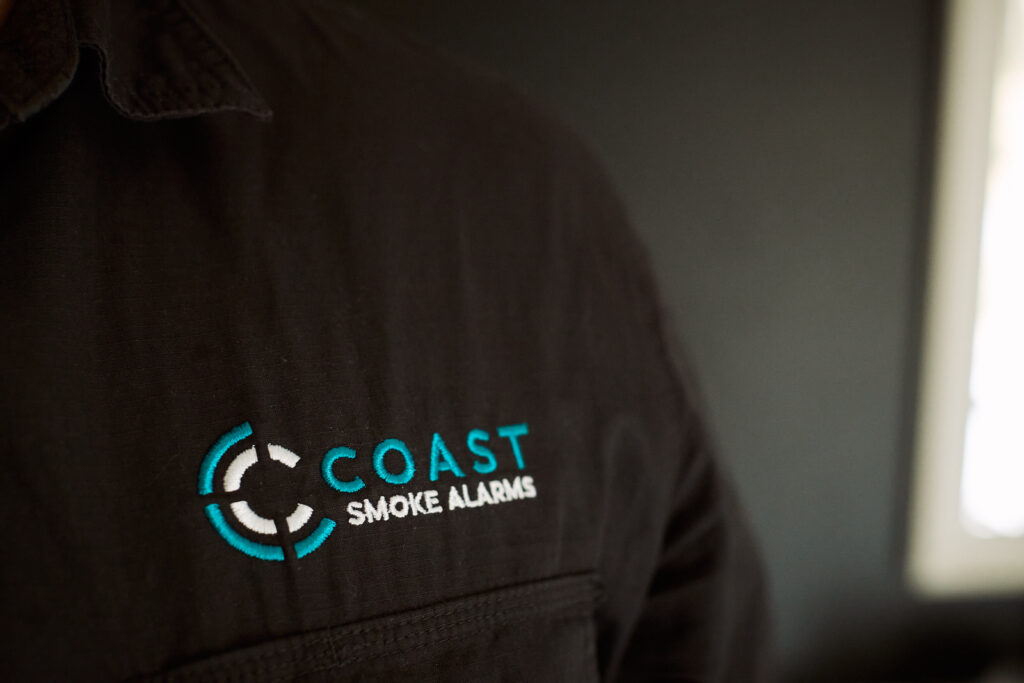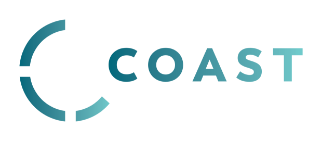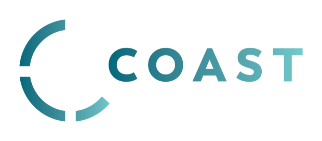
QLD Smoke Alarm Legislation: Owner Occupiers
All existing private homes, townhouses and units require interconnected photoelectric smoke alarms by 1 January 2027. All registered caravans and motorhomes must also be fitted with a photoelectric smoke alarm.
Find out:
- what to do if your alarm has expired
- where alarms are required to be installed
- if you can still use battery operated alarms
- how to prevent accidental alarms.
Plan to survive – get compliant smoke alarms today
New smoke alarm laws are coming.
Interconnected compliant smoke alarms means when one goes off, they all go off.
All existing private homes, townhouses, and units require interconnected photoelectric smoke alarms by 1 January 2027. All registered caravans and motorhomes must also be fitted with a photoelectric smoke alarm.
Legislation introduced on 1 January 2017 requires all smoke alarms to comply with Australian Standard 3786-2014, and requires pre-existing smoke alarms to be replaced with interconnected smoke alarms if the smoke alarm has expired; does not work anymore and/or converting the home into a rental property.
What does it mean to be compliant?
Smoke alarms must:
- be photoelectric.
- be interconnected with every other smoke alarm in the dwelling so all activate and go off together.
- comply with the Standard AS3786-2014 which is marked on the body of the alarm. To locate the marking, you may need to remove from the bracket to look underneath.
- not contain an ionisation sensor.
- be hardwired installed by a licensed electrician (e.g. 240v) to the mains power supply with a secondary power source (i.e. non removable 10 year battery) or;
- be powered by 10 year non-removable batteries type photoelectric smoke alarm that can be installed yourself.
Avoid buying smoke alarms with this symbol, they are not photoelectric.

Legislated smoke alarm requirements
In July 1997, the Building Code of Australia required smoke alarms to be hardwired but had different alarm locations than current legislation. The Building Regulation 2021 requires all new dwellings to have smoke alarms hard wired and interconnected in specific locations. The Fire Services Act 1990 has retrospective requirements, for existing dwellings. For this reason, there may be a combination of hard wired and battery powered smoke alarms in a dwelling. When replacing expired/defective smoke alarms they should be replaced with whichever device was applicable to the time of construction.
Installing smoke alarms
Private homes, townhouses and units
Smoke alarms must be installed:
- on each storey
- in each bedroom
- in hallways that connect bedrooms and the rest of the dwelling
– if there is no hallway, between the bedroom and other parts of the storey; and
– if there are no bedrooms on a storey, at least one smoke alarm must be installed in the most likely path of travel to exit the dwelling.
QFD recommends recording or setting a reminder for when you need to update your alarms.
Queensland registered caravan and motorhomes
At least one working photoelectric smoke alarm should be installed inside the on the ceiling and is recommended to include one in the annexe if you sleep there.
Maintaining smoke alarms
Smoke alarms should be regularly dusted or vacuumed to make sure they continue working properly.
Although accidental alarms may go off when there is no fire, it can it can become dangerous and put you and/or your family at risk if you remove the alarm batteries or disable an interconnected system to silence the alarm.
Make sure you regularly test your smoke alarms to ensure they are working correctly.
The fire service is not permitted to disable sounding alarms in unattended residences.





